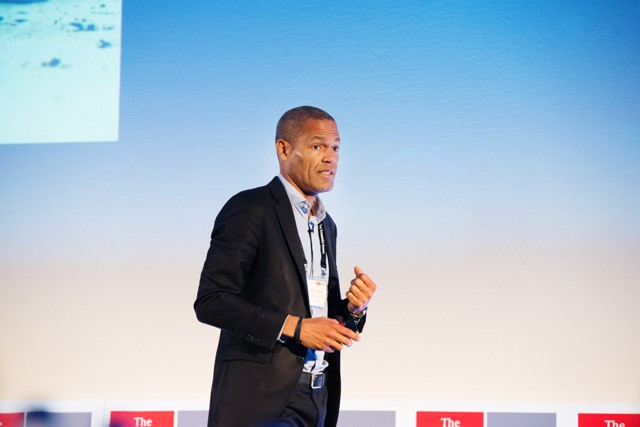Held on Monday and Tuesday 13 and 14 November in Luxembourg City, The Economist event analysed the modern materials “ecosystem”, from research and development, via supply chains, to business applications.
The morning session on Monday included representatives of nano-augmented materials, the steel and aluminum industry, the industrial biosciences and IT who discussed the development of clean technologies.
Anatoly Chubais, chairman of Rusnano, explained that natural resources are finite. If things continued like today, the planet would be depleted by 2050. Climate change and environmental issues are other global challenges.
He offered three possible solutions: ICT, energy efficiency and new materials. ICT would not be a solution to either, while energy efficiency would probably help with environmental issues and climate changes, and partially help with resource depletion. However, he argued that creating new materials would definitely address many issues arising from climate change and resource depletion.
Chubais talked about the S-curve in innovation, arguing that the time it takes to accept innovation was decreasing. Sales are low for quite a while, but then they take off. He predicted this as well for the single wall carbon nanotubes, the product of his firm, which claims that, if added to cement, or tyres, or plastic, the weight of the final product can be significantly reduced and they would reduce CO2 emissions.
Video provided by conference organiser
Materials database
Greg Mulholland of Citrine Informatics talked about his company, an artificial intelligence platform for materials and chemicals. It ingests large-scale data from countless sources--patents, research papers, technical reports, and existing client databases--and uses AI to guide the development and applications matching of next generation advanced materials faster than ever before.
Following the talk, Alexandre Kremer of Systemiq in London, a conference attendee, told Delano:
“I think that is really what we need. So many things happen all over the world, so many materials are being developed. Today, if you want to solve most of the challenges, from an environmental perspective, we already have most of the technologies but we need to scale them. To do that we need to give people access to the materials, by showing them the performance of the materials. This would allow some very small start-up or a research unit at a university to be connected with some big multinationals which are looking for those innovations.”
Electric scooter
Hugues Despres, CEO of UJet, which builds light electric scooters in Foetz, talked about the philosophy of innovation and consumer changes. He told the conference that it was not about small changes anymore, but about big accelerations. Deconstructing and reimagining life would be the next big opportunities. Taking the example of driverless cars, he wondered why we would need a driver’s seat at all, the seating could be like in a living room where people faced each other.
Kristina Teppo, a master’s student in mechanical engineering at the University of Luxembourg who attended the event, found this session especially inspiring. She told Delano that:
“his perspective on innovation and new technologies is great. Much research focuses a lot on improving just a little, by 5%, or making things just a little cheaper, but we need to look for new technologies. We need to reinvent, make something radically different.”
Best practices
A panel on best practices brought together Karen Hanghoj from EIT Raw Materials, Michael Saltzberg from DuPont Industrial Biosciences, Egil Hogna from Hydro and Carl de Mare of ArcelorMittal.
Hanhoj talked about the circular economy, and that the value chain of raw material “leaks everywhere” at every stage, especially at the mining stage. She argued that there were paradigm shifts, not jumps.
De Mare said that ArcelorMittal was striving for circularity, especially for the water use. He stated that the long term goal is for all mining into the Earth’s crust to end as a result of new techniques and the increased efficiency of recycling. He called on governments to create new policies to incentivise the recycling of goods like steel and other metals. He said “at the end of century, there will be enough steel in use and enough end of life products to maintain infrastructure.”
Saltzberg said that we need real biodegradable materials for food packaging and cosmetics. He highlighted new biomaterials which DuPont intend to announce next year, including high performance polymers made from sugar and modified enzymes. The processes to make these materials will better replicate the chemical processes found in the natural world.
Hogna told the audience to what extent his company recycles and reuses aluminum and how sustainability and recyclability should be taken into account at the design phase.
A poll among participants revealed that 43% partially included the end of life in the design phase, with 20% definitely included it.
The moderator, Geoffrey Carr from The Economist, argued that “this was the industrial revolution and we’re in the middle of it.”
